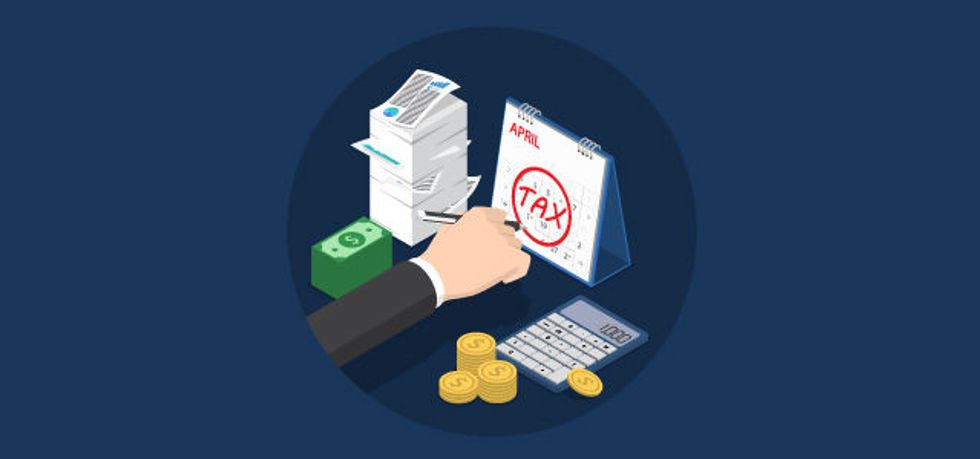With April 15 approaching fast, students still not initiated in the ways of tax preparation are about to get a crash course in the second of those two certainties. The good news is that taxes, while complex and difficult to understand, don't have to be all that difficult for the average college student. To help those filing on their own for the first time or who have yet to file this year, here's a student's guide to filing your taxes.
Getting Ready
Before you begin the process of filling out your tax forms, you're going to need a few important pieces of information. They include:
●Your Social Security or Tax ID Number
●Employment Records (Employer-provided W-2, 1099, etc.)
●Health Insurance Tax Forms (1095-A or 1095-B)
●Your Dependency Status
●Tuition Tax Statement (1098-T)
●Student Loan Interest Statement (1098-E)
Depending on your specific financial situation, you may not have all of these forms. For example, if you don't have outstanding student loans, you won't have a 1098-E (and if that's the case, I'd like you to share your secret with me). Also, the type of employment record will vary depending on your type of employment, so check with the company you work for to make sure you have what's required. To find out your dependency status, ask your parents if they're still claiming you on their tax forms – you'll need to answer yes or no to this question on your own tax form.
Filling out Your Tax Form
Except in rare and complex situations, the tax form you'll be filing is known as a 1040. Because you're a student, you will also likely need a form called a Schedule 3. If those aren't the forms you need to fill out, I'd highly recommend leaving this site right now and contacting a tax preparation professional because you must have some unusual circumstances. When you first see your tax forms, it's going to be very easy to get overwhelmed and be intimidated. Don't be. Although the form has spaces for plenty of data and an instruction set reminiscent of the ones that came along with your SAT test, you likely won't be using all of them.
To get started, fill in the requested information from top to bottom, and do whatever calculations the form asks of you. You'll probably find that completing the whole form will take around three hours. Take as many sanity breaks as you need, because getting the calculations right is essential if you don't want a bill and a nasty letter from the IRS. If that happens, you'll be looking for IRS tax relief and watching your interest owed climb while you try to figure out what went wrong.
Claiming the Right Credits and Deductions
As a student, there's a good chance that you qualify for one or more deductions on your taxes. You'll want to work out your eligibility ahead of time, so you know which ones to claim when you're filling out your 1040. The Schedule 3 form is where you will report those deductions, and you can use form 8863 to figure out if you qualify for the American Opportunity or Lifetime Learning credits. In addition, you may be able to claim other kinds of deductions, like:
●Higher Education Expenses – You (or your parents if you're still their dependent), can claim a deduction of up to $4,000 for tuition and required education expenses like materials, books, and equipment. Bear in mind that you can't take this deduction if you're taking one of the education credits listed above, but it's a nice fallback if you don't qualify for those.
●Student Loan Interest – If you're not a dependent, you can also deduct up to $2,500 in interest paid on your student loans, as reported on the 1098-E you collected earlier.
Sign, Date, and Submit
If you've made it this far, congratulations. You've taken your first big step into the world of paying taxes. With any luck, the process wasn't as bad as you'd feared, and you could even be due a refund thanks to the deductions and credits identified here. If that's the case, use it to fund a nice spring break trip and have a blast! Just remember, if you found the process of filing your taxes as excruciating as most other Americans do, then set aside some of that refund to have somebody else complete your tax forms next year. That may just turn out to be a choice than what you'd do on spring break anyway.






 Photo by
Photo by 









